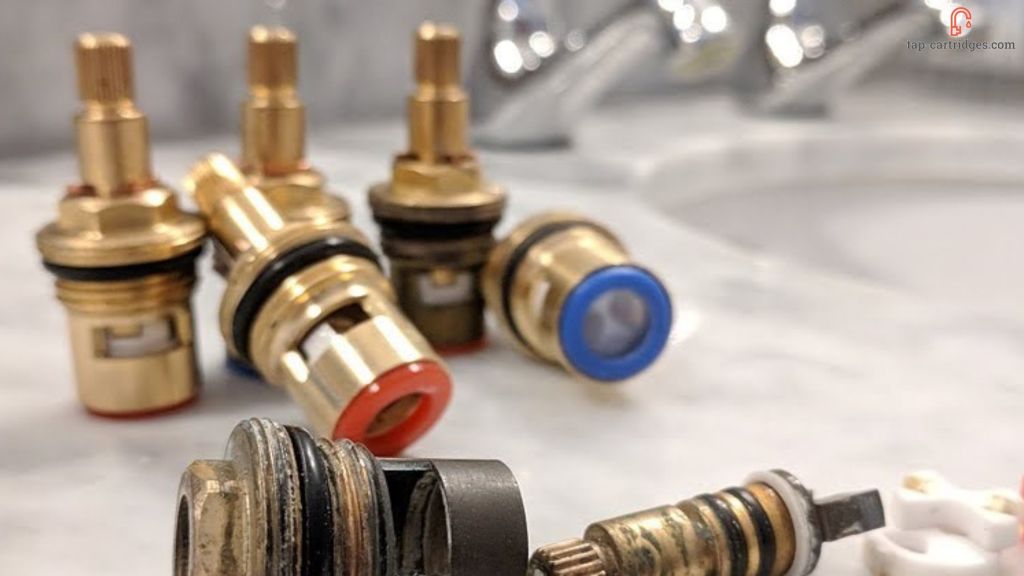
In the realm of plumbing, bath tap valves and water tap valves play crucial roles in controlling the flow and temperature of water. These valves, although often overlooked, are essential components that ensure the smooth operation of faucets and taps. In this article, we will explore the functions, types, and maintenance tips for these valves, shedding light on their significance in everyday life.
Understanding Bath Tap Valves:
Bath tap valves, commonly known as mixer valves, are designed to control the flow and temperature of water in a bathtub or shower. They allow users to adjust the water flow and create the desired temperature by blending hot and cold water. The two main types of bath tap valves are:
a) Compression Valves: These traditional valves work by using a rubber or silicone washer that presses against a seat to regulate water flow. When the valve handle is turned, the washer either opens or closes the pathway for water. While effective, compression valves are prone to wear and may require periodic replacement of washers to prevent leaks.
b) Thermostatic Valves: More advanced and convenient, thermostatic valves provide precise control over the water temperature. They feature built-in thermostats that maintain a consistent temperature, even if there are fluctuations in the water supply. Thermostatic valves are popular in modern bathroom designs due to their safety features and ability to prevent scalding.
Exploring Water Tap Valves:
Water tap valves, also known as faucet valves, are used to control the flow and shut-off of water in various household applications, such as kitchen sinks, bathroom basins, and outdoor taps. There are several types of water tap valves commonly used:
a) Ball Valves: Ball valves utilize a hollow, perforated ball to control water flow. When the lever or handle is turned, the ball rotates within the valve body, allowing or blocking water passage. Ball valves are known for their durability, ease of operation, and ability to completely shut off the water supply.
b) Cartridge Valves: Cartridge valves consist of a cylindrical cartridge that moves within the valve body to control water flow and temperature. These valves can be found in both single-handle and double-handle faucets. They are popular for their smooth operation, easy maintenance, and compatibility with different water pressure systems.
c) Ceramic Disc Valves: Ceramic disc valves use two ceramic discs, one stationary and one movable, to regulate water flow. As the discs move against each other, the water is either allowed to pass through or restricted. Ceramic disc valves are highly durable, offer precise control, and are resistant to leaks.
Maintenance Tips for Longevity:
To ensure the optimal performance and longevity of both bath tap valves and water tap valves, regular maintenance is essential. Here are some tips to keep in mind:
a) Clean and descale the valves periodically to remove mineral deposits that may affect their operation.
b) Check for leaks or drips and promptly replace any worn-out washers or damaged components.
c) Lubricate the moving parts of the valves with a silicone-based lubricant to reduce friction and ensure smooth operation.
d) Inspect the seals and gaskets for signs of wear and tear, replacing them as necessary to prevent leaks.
e) If encountering major issues or complex repairs, consult a professional plumber to ensure proper resolution.
Conclusion:
Bath tap valves and water tap valves are integral components of our daily lives, providing control and convenience in accessing water. Understanding the different types and functions of these valves allows homeowners to make informed decisions about their plumbing systems. By following regular maintenance practices, one can ensure the smooth operation and longevity of these valves, minimizing the risk of leaks or malfunctions. So, the next time you turn on a faucet or step into a shower, take a moment to appreciate the ingenuity and importance of these small yet significant devices.
Leave a comment